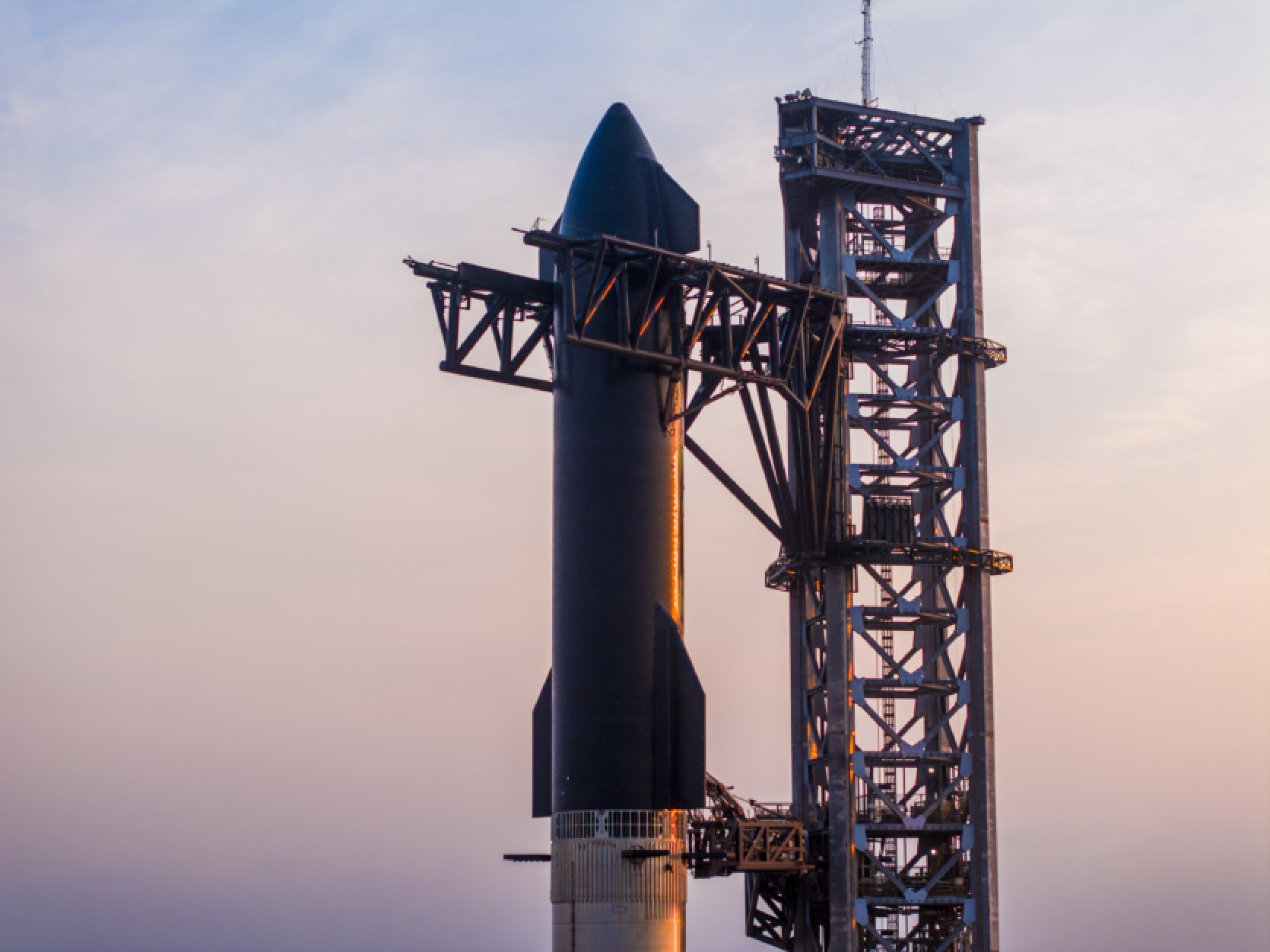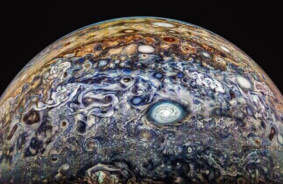The fourth test flight of the SpaceX Starship super heavy rocket was significantly more successful than previous attempts — both stages successfully completed their missions and landed successfully (although the second one sustained some damage). The launch was live streamed on the SpaceX X/Twitter account.
The Starship in its full configuration with Super Heavy (total height exceeding 120 meters) launched from the Starbase in Boca Chica, Texas, at 12:50 GMT on June 6, 2024.
Around the 3rd minute after takeoff, the Starship super heavy rocket with 32 engines (one failed) reached the required altitude, where a successful separation occurred using a "hot" scheme: most of the Super Heavy booster engines shut down and the ship's engines started simultaneously.
The crew of Starship managed to demonstrate the hot stage separation for the third time.
Subsequently, the first stage successfully performed the Boostback Burn maneuver (similar to Falcon 9 / Falcon Heavy stages) and returned to the landing trajectory, and a few minutes later, ignited its engines (only 12 worked) for a soft landing in the Gulf of Mexico.
The "Starship" itself, after successfully igniting all 6 engines, continued to climb on the planned trajectory. It reached an altitude of over 150 km, successfully entered low Earth orbit, and shut down the engines.
Around the 40th minute after launch, Starship began the re-entry procedure into the atmosphere (very spectacular, watch the video below) — although not without some losses (thermal tiles partially peeled off, and a fin was scorched), the ship successfully maneuvered and eventually landed in the Indian Ocean.
"Despite losing many tiles and a damaged fin, Starship made it all the way to a soft ocean landing!", — wrote Elon Musk on the X.
NASA Administrator Bill Nelson also congratulated the SpaceX team:
"We are one step closer to returning humanity to the Moon through Artemis, and then setting our sights on Mars."
For Elon Musk, Starship is a spacecraft that will eventually transport people to Mars, while NASA primarily plans to use it as a lunar lander to deliver astronauts to the Moon's surface for the first time since 1972. In the near future, SpaceX also plans to use Starship to launch the next generation of Starlink internet satellites.
Starship is the largest and most powerful rocket system in history, reaching a height of 120 meters. The rocket itself has the highest number of engines (33) ever used on a rocket. Another feature of Starship is its potential for reusability, which can reduce the cost of delivering payloads to orbit (according to Musk's estimates, sending 100 tons of cargo into space could cost less than $10 million).
In the end, Starship will have to undergo many more test flights (Musk announced at least 6 in 2024 alone) before starting real missions (including the goal of landing both stages back on the launch pad), but overall all 4 flights (especially today's) can be considered successful — now we await an analysis of the data from the SpaceX team.













Comments (0)
There are no comments for now